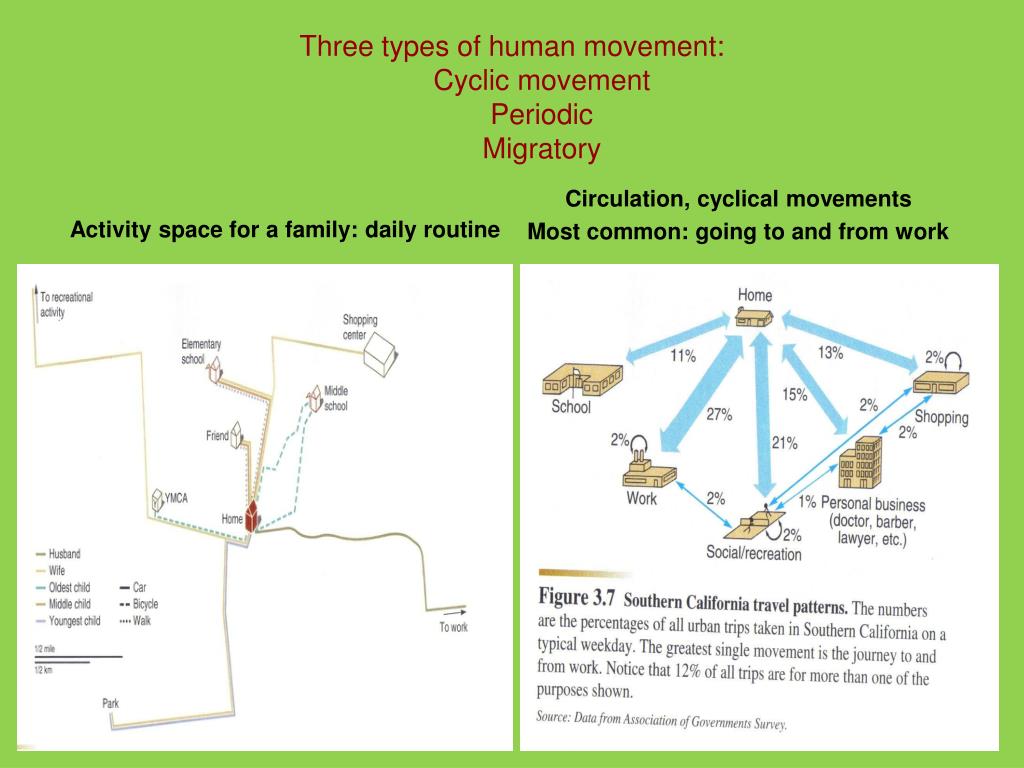Master Cyclic Movement in AP Human Geography in Minutes!
Are you struggling to understand the complexities of cyclic movement in AP Human Geography? Do you find yourself getting lost in the details and jargon? This article is your express ticket to understanding this crucial concept, breaking it down into easily digestible chunks. We’ll delve into what cyclic movement is, explore its different types, and equip you with the knowledge you need to ace your exams. Get ready to conquer cyclic movement in minutes!
What is Cyclic Movement in AP Human Geography?
Cyclic movement, a fundamental concept in AP Human Geography, refers to short-term, repetitive, or cyclical movements that occur on a regular basis. Unlike migration, which involves a more permanent relocation, cyclic movement is characterized by its temporary and recurring nature. Think of it as a routine, a pattern, a rhythm of daily or seasonal activities. Understanding cyclic movement is essential for comprehending how humans interact with their environment and organize their lives.
Types of Cyclic Movement: A Breakdown
Cyclic movement encompasses several distinct types, each with its own characteristics and implications. Here’s a breakdown of the most important ones:
Daily Commuting: This is the most common form of cyclic movement. It involves the daily journey to and from work, school, or other activities. Factors influencing commuting patterns include:
- Urbanization: Concentration of jobs and services in urban areas.
- Transportation Infrastructure: Availability of roads, public transport, and cycling routes.
- Land Use: Zoning regulations and the separation of residential, commercial, and industrial areas.
- Socioeconomic Status: Access to vehicles and the ability to afford longer commutes.
Seasonal Movement: This type of movement occurs based on seasons and often involves moving to a different location for a specific period. Examples include:
- Snowbirds: Individuals who migrate south during the winter months.
- Migrant Farm Workers: Agricultural laborers who follow the growing season.
- Tourism: Seasonal travel for leisure purposes.
Activity Spaces: These are the areas within which people regularly travel in the course of their daily activities. They are influenced by factors like:
- Time Geography: The study of how people use space and time in their daily lives.
- Accessibility: Ease of reaching different locations.
- Personal Preferences: Individual choices and lifestyles.
Nomadism: While sometimes considered a form of migration, nomadic pastoralism, where people move livestock between different grazing areas, is often a type of cyclic movement. This is because the movements are often predictable and repeated yearly.
Why is Understanding Cyclic Movement Important?
Understanding cyclic movement is crucial for several reasons:
- Urban Planning: Helps urban planners design efficient transportation systems, manage traffic congestion, and plan for the needs of commuters.
- Economic Analysis: Provides insights into labor markets, consumer behavior, and the impact of tourism.
- Environmental Studies: Allows for analysis of the impact of transportation and tourism on the environment.
- Sociological Studies: Allows for understanding of social and economic patterns that influence daily life.
Applying Your Knowledge: Exam Tips
To excel on your AP Human Geography exam, remember these key points:
- Identify the Type: Be able to distinguish between the different types of cyclic movement.
- Explain the Drivers: Understand the factors that influence each type of movement.
- Analyze the Impacts: Consider the social, economic, and environmental consequences of cyclic movement.
- Use Examples: Support your answers with real-world examples.
Conclusion: Mastering Cyclic Movement
Congratulations! You’ve now equipped yourself with a solid understanding of cyclic movement in AP Human Geography. By grasping the different types, their influencing factors, and their significance, you’re well on your way to mastering this crucial concept. Remember to practice with examples and apply your knowledge to real-world scenarios. Good luck on your exam!
FAQs (Frequently Asked Questions)
1. What is the difference between cyclic movement and migration?
Cyclic movement is temporary and repetitive, like daily commuting or seasonal travel. Migration involves a relatively permanent relocation to a new place.
2. How does urbanization affect cyclic movement?
Urbanization concentrates jobs and services, leading to increased commuting and the expansion of activity spaces. It also influences the patterns of seasonal movement, such as tourism.
3. What is time geography, and how does it relate to cyclic movement?
Time geography studies how people use space and time in their daily lives. It’s a framework for understanding how factors like transportation, schedules, and personal preferences shape cyclic movement patterns.
4. Can you give a real-world example of seasonal movement?
The migration of snowbirds from northern states and Canada to the warmer southern states during the winter months is a classic example of seasonal movement.




